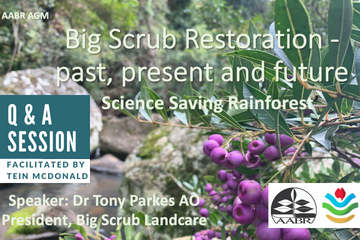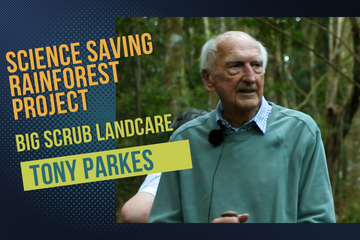Project Description
How do you ensure your restoration project will be resilient in times of changing climate and increased fragmentation across the landscape? Tein McDonald discusses with Linda Broadhurst the implications of population size, the parental gene pool and the significance of pollinators in ensuring genetic diversity and countering inbreeding depression. In this expanding field, the importance of rigorous experimental designs and protocols is highlighted to ensure that trials undertaken today have relevance in the future. A great overview of the changing understanding of ‘provenance’ and its implication for on-ground practitioners.
| Topic | Mins: seconds |
|---|---|
| Opening titles | 00:10 |
| Introduction to conversation: Fragmentation and Genetic Diversity | 00:15 |
| Background to restoration practice and genetic diversity and integrity | 01:20 |
| Population size and genetic diversity | 03:50 |
| Inbreeding | 04:50 |
| Implications for nursery production | 05:30 |
| Population size to promote diversity | 05:55 |
| Pollinator impacts on genetic diversity | 06:35 |
| Population of parents needed for diversity | 08:30 |
| Value of Seed Production Areas | 09:50 |
| Assisted natural regeneration & diversity | 10:38 |
| Stakeholders in expanding genetic diversity-effective neighbourhood size | 11:40 |
| Climate Change and genetic impacts | 13:10 |
| Reference ecosystems | 14:15 |
| Species adaptation to climate change | 15:20 |
| Conservation strategies | 16:15 |
| Predictive adaptation strategies | 16:45 |
| Experimentation | 17:35 |
| Provenancing strategies | 17:55 |
| Protocols and collaboration | 18:50 |
| Alternate strategies to promote diversity | 20:10 |
| Species substitution and redundancy | 22:35 |
| Ongoing adaptive management | 24:00 |
| Credits | 25:00 |
| End | 25:22 |
Read More – Links
Learning Resources
Would you like to help the regenTV project?
By doing a quick survey about the video you just watched we’ll find out what’s working and what could do with some tweaking.


